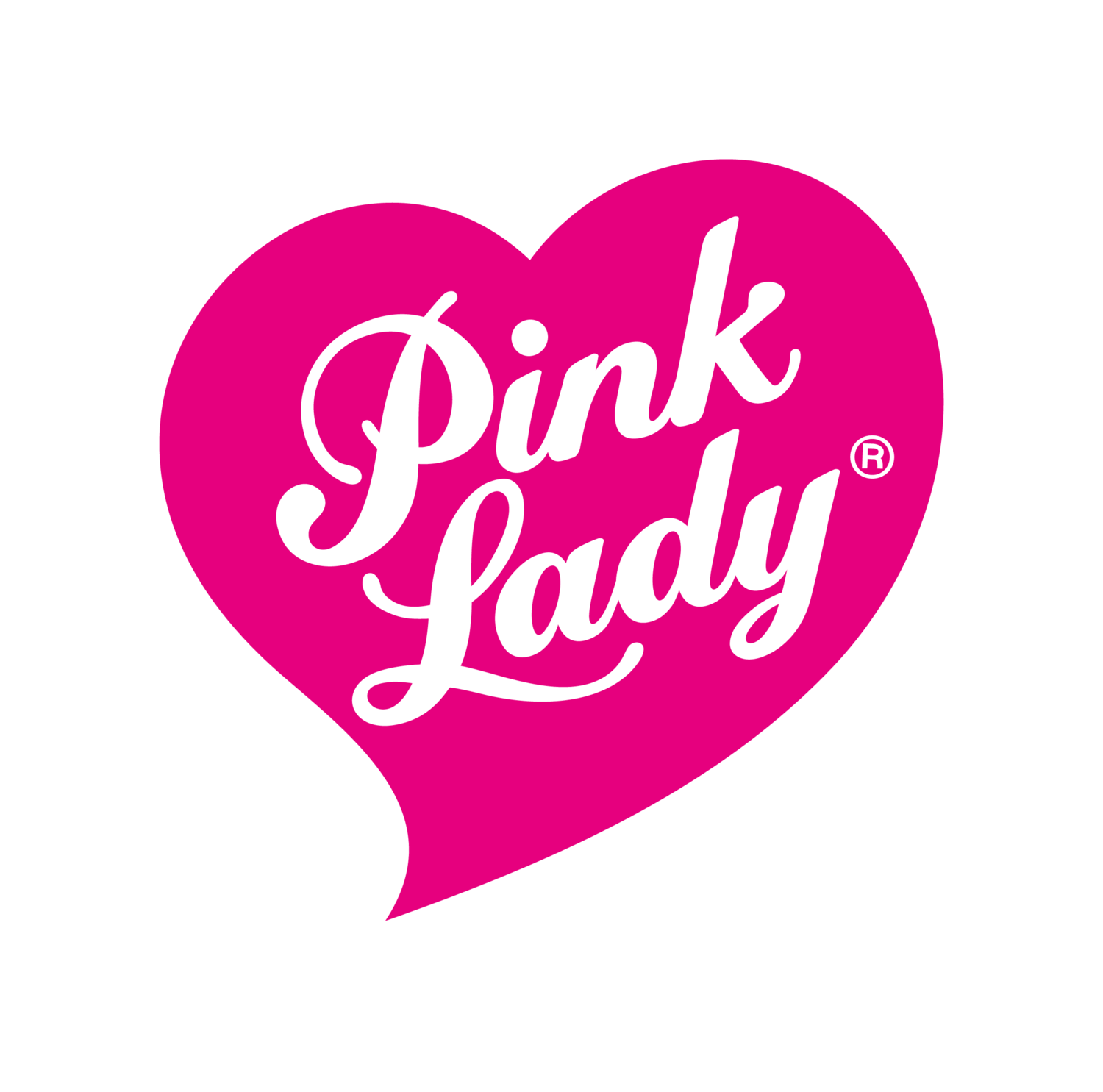This year NZPLGA funded a preliminary trial on the effect of Harvista™ on Cripps Pink apples. The full research report contains very detailed information and is available to all growers, packers and exporters via this link: https://www.dropbox.com/s/sdks732n1juhkbq/21794-C%20-%20Nicolette%20Niemann%20-%20The%20effect%20of%20Harvista%E2%84%A2%2013%20SC%20FINAL.pdf?dl=0
Below is an extract from the research carried out by S Mair & N Niemann, Plant & Food Research
Executive summary
Harvista™ was registered for commercial use on apples in New Zealand in 2020. It is an orchard spray product that allows for harvest timing management and fruit quality maintenance.
Harvista can be applied 4–21 days before the expected harvest of the apples. This can delay the harvest window of the apples to allow for colour development, harvest timing optimisation and more. As a rule, application of Harvista does not negatively affect the quality of the fruit.
Cripp’s Pink could benefit substantially from Harvista application as the extra time on the tree could help with blush colour development. This trial examined whether the application of Harvista in combination with SmartFresh™ on Cripp’s Pink apples increases or decreases the risk of disorders and internal browning.
The key findings from this trial were:
- Fruit quality differences were observed at later harvest times with Harvista sprayed fruit having lower background colour and starch pattern index, while fruit firmness was higher.
- Fruit quality, especially flesh firmness was improved in the Harvista sprayed apples after 15 and 20 weeks in storage.
- Internal browning, superficial scald and greasiness all had lower incidence in the treated fruit than the untreated fruit. The 15 week assessment had low incidence of disorders, while the 20 week assessments illustrated the treatment effect on fruit disorders.
- The untreated and treated fruit were harvested from different blocks which may have had an additional effect, along with the Harvista treatment, on blush cover and fruit firmness.
Based on the results from this trial it is recommended that:
- It is safe to use Harvista in combination with SmartFresh treatment in managing fruit softening and disorder development in Cripp’s Pink apples.
- Background colour changes can possibly be better managed through controlled atmosphere (CA) storage, but the combination of CA storage, Harvista and SmartFresh treatment will have to be investigated before adopting this treatment combination.
Fruit Source & Storage Treatment
A block of Cripps Pink apples received a Harvista spray application at label recommended dose of 150 g/Ha on 14 April 2021. A nearby block managed by the same grower served as an unsprayed control.
Fruit were picked from both blocks on three separate occasions (22 April, 28 April and 12 May).
Fruit was placed in a 0.5°C cool store and treated with SmartFresh™ Protabs at the label recommended dose for 24 hours at 0.5°C after 7 days in cold storage.
The delay in SmartFresh treatment was chosen intentionally to allow some scald symptom development so that we could evaluate if Harvista has an additional beneficial effect on this disorder.
Quality Assessments & Disorders
Fruit assessments were completed after 15 and 20 weeks of storage at 0.5°C. Fruit had a 7 day shelf life treatment at 20°C before being assessed. A tray of 20 fruit was removed for quality assessments with the remaining fruit being examined for the following external and internal disorders
- Background colour
- Fruit firmness
- Starch pattern index
- Rots (counted but not identified)
- Greasiness
- Internal browning
- Superficial scald
Conclusions
The application of Harvista to Cripp’s Pink apples has a number of beneficial effects depending on time of harvest after the application. Fruit picked about a week after being sprayed had better flesh firmness at time of harvest and similar background colour and starch pattern index when compared with unsprayed fruit from a nearby block, while indicators in all three traits revealed that the apples were less mature than unsprayed fruit for Picks 2 and 3 (14 and 28 days after spray date).
These results confirm our experience with Harvista that 1-MCP applied to fruit when still on the tree delays the ripening process for a period of time after which ripening proceeds again, but this resumed ripening is not sped up. The fruit do not “catch up” with fruit from unsprayed trees within a time frame, but they will reach a specified maturity 14 days later than the unsprayed fruit.
Harvista sprayed fruit were still firmer than the unsprayed fruit for all picks after both 15 weeks and 20 weeks in storage, but background was distinctly lower (fruit were greener) only for Pick 2 after 15 weeks in storage.
Pick 2 fruit displayed the highest incidences of internal browning and greasiness after 20 weeks in storage, while superficial scald increased over time with the outcome that Pick 3 fruit after 20 weeks had the highest incidences.
Harvista sprayed fruit had less internal browning, superficial scald and greasiness than the unsprayed apples after 20 weeks in storage, indicating that 1-MCP applied to fruit while still on the tree does help to protect against the three most concerning postharvest physiological disorders developing in Cripps Pink apples.
Timely application of SmartFresh (as soon as possible after harvest, not exceeding 5 days) is essential to control scald symptom development. The results from this trial underscored this fact – by delaying the SmartFresh treatment to 7 days after harvest, up to 26% of the apples developed superficial scald symptoms. Harvista treatment was effective in mitigating the effects of this delay in applying the SmartFresh treatment.
